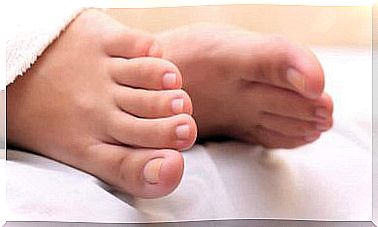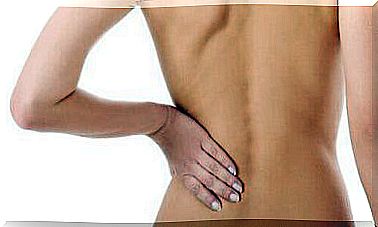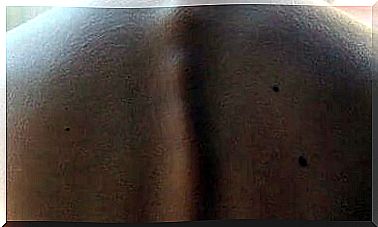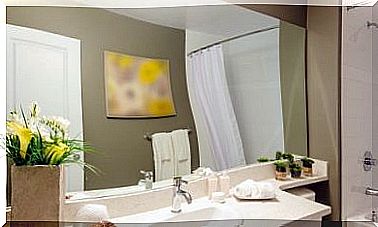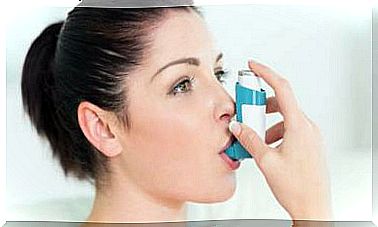How To Prevent Pain From New Shoes: 5 Tips
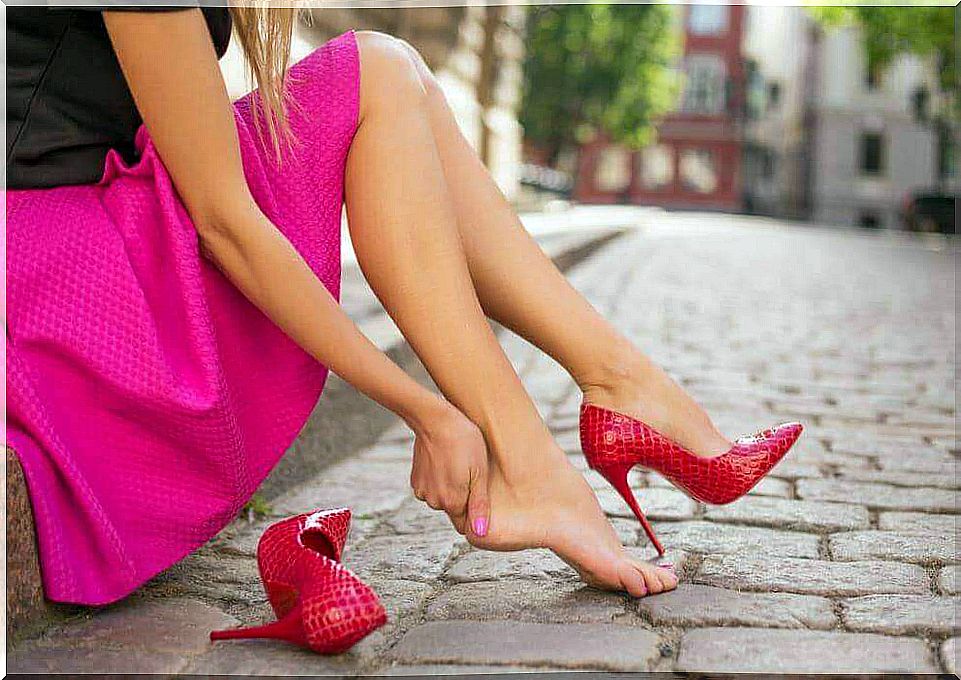
Buying shoes is a nice thing to do, especially buying beautiful shoes. Soon after buying, the new shoes start to feel dull and your feet hurt. Follow our tips so you know how to prevent the pain of new shoes.
It often happens that you dig old shoes instead of new ones because they are more comfortable to wear and do not become painful and blistering. Still, standing in the closet of new shoes is not comfortable, but they need to be allowed to go outside for work, events and parties.
Let’s put a point to this problem. Follow our instructions and you can prevent the pain of new shoes. Try which one works best for you. Ready to go beautiful shoes on your feet, no pain!
Five tips to prevent the pain of new shoes
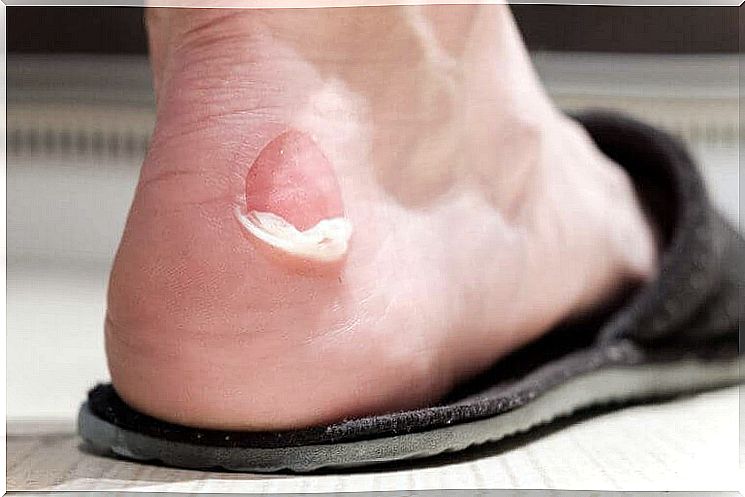
Most often, the hardness of the shoes causes pain. The shoes will adapt over time to the shape of your feet when used. But what before that? Follow our tips:
1. Use a patch
Yes, the patch is quick and easy for anyone to use. Apply the patch under the heel or to the edge, where it rubs gently when the shoe is on your foot.
Use a patch large enough to cover the entire area that is in contact with the abrasive shoe. Otherwise, it will start to come off and protect your foot for only a short time.
2. Thick socks and hair dryer
Here’s a very easy and practical trick, do this at home: put thick socks on your feet to fill the entire interior of the shoe. Blow with a hair dryer on the tightest part of the shoe. Hot air softens and stretches shoes. Repeat if necessary.
3. Baby talcum powder
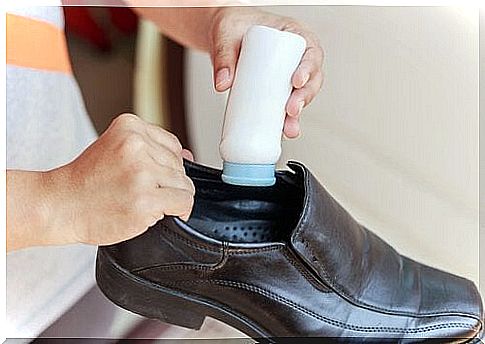
This quick trick for leg pain is fair, especially if you have a baby in the family. Put baby talcum on the sore spot of your foot; it reduces abrasion and prevents blisters. A deodorant stick can also help.
4. Silicone padding
You can buy silicone pads at a shoe store or specialty shoe store. They reduce abrasion against the hard surface of the shoe and thus prevent the shoes from causing pain again.
5. Warm water in a bag
The last trick is controversial because its functionality cannot be guaranteed. Still, some swear by its name. Put hot water in the bag and the bag inside the shoe. Check that the bag is not leaking.
Put your shoes in the freezer (or out in the freezer when it’s winter) overnight. The water expands as it freezes, and thus the bag enlarges and stretches the shoe gradually each time you repeat this.
Another similar way to stretch shoes is to wear them for an hour, a couple at a time. This way, the shoes will slowly begin to shape to fit your feet without you suffering from pain.
You can go to the shoemaker and ask him to put a last inside the shoe that expands the shoe. A cushion can be placed between the abrasive point of the shoe and the foot so that it does not rub the foot.
Choosing good shoes
Needless to say, the shoes need to fit the foot. There should be at least 1 cm of space between the big toe and the toe of the shoe.
Choose good quality shoes. They do not cause discomfort and pain like more affordable shoes because they have good edges and cushions. A good shoe has a soft insole on which the weight can be evenly distributed according to the shape of your foot.
This is the most important point. If you find that a shoe is of poor quality or its use will hurt your foot, do not buy shoes. You are sure to find other, even better shoes and save yourself from sore feet. This should be a sufficiently motivating reason to buy only good shoes.
